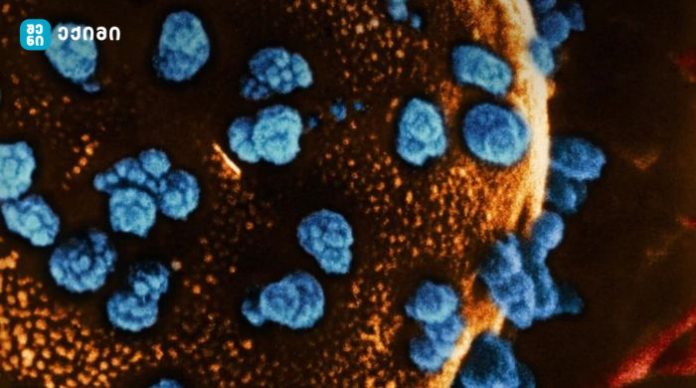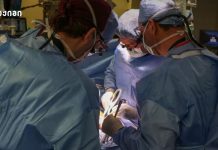A 25-year-old woman with type 1 diabetes began producing her own insulin just three months after receiving a transplant of reprogrammed stem cells derived from her own body.
This is the first time a person with type 1 diabetes has been successfully treated using stem cells taken from their own body, marking a significant advancement in diabetes treatment.
The study, published in the journal Cell, represents a major step forward in the fight against this chronic condition.
The Science Behind the Breakthrough The woman had been living with type 1 diabetes, a disease in which the immune system attacks and destroys insulin-producing cells in the pancreas, leaving the body unable to regulate blood sugar. Standard treatments involve regular insulin injections or the use of insulin pumps, but these methods manage rather than cure the disease.
In this case, the woman’s stem cells were harvested, reprogrammed into insulin-producing islet cells, and then transplanted back into her pancreas. Remarkably, the cells began producing insulin within three months, allowing her to produce the hormone naturally.
This method eliminates the need for lifelong insulin injections and reduces the risk of complications associated with type 1 diabetes.
Professor Giorgi Pkhakadze, Chair of the Public Health Institute of Georgia (PHIG), commented on the global significance of this achievement: “This breakthrough in stem cell therapy is a game-changer in the treatment of chronic diseases like diabetes.
The ability to restore insulin production using a patient’s own cells opens up enormous possibilities for healthcare worldwide.”
Global Impact and Future Prospects This study builds on earlier advances in stem cell therapy for diabetes. In a similar case earlier this year, researchers in Shanghai, China, reported success in treating a 59-year-old man with type 2 diabetes using reprogrammed stem cells. The man received insulin-producing islet cells transplanted into his liver, and as a result, he no longer requires insulin injections.
These cases demonstrate the growing potential of stem cell therapy in treating both type 1 and type 2 diabetes, a condition that currently affects nearly half a billion people worldwide. Type 1 diabetes, which is an autoimmune disorder, impacts approximately 10% of people with diabetes, while type 2 diabetes, which is associated with insulin resistance, makes up the majority of cases. Stem cell therapy could revolutionize treatment for both forms of the disease by providing a sustainable source of insulin-producing cells without the need for donor organs or immunosuppressive drugs.
Implications for Georgia The success of stem cell therapy for diabetes has important implications for Georgia, where more than 100,000 people are living with diabetes, including approximately 10,000 with type 1 diabetes. Access to insulin and other diabetes treatments can be costly and logistically challenging for many in the country, particularly in rural areas.
The ability to reprogram a patient’s own cells to restore insulin production could drastically reduce the need for daily injections and improve quality of life for thousands of Georgians.
Professor Pkhakadze emphasized the importance of bringing such medical innovations to Georgia: “For countries like Georgia, where healthcare resources are often stretched, the introduction of stem cell therapy could provide a more affordable, sustainable solution for managing chronic conditions like diabetes.
It has the potential to greatly improve patient outcomes while reducing the burden on our healthcare system.”
The Future of Diabetes Treatment Stem cell therapy offers a promising alternative to current treatments, which rely on insulin injections or donor tissue transplants.
Donor tissue is in short supply, and recipients often need to take immunosuppressive drugs to prevent tissue rejection, which comes with its own risks. Stem cells, on the other hand, can be cultured indefinitely in laboratories, providing a limitless supply of cells that can be tailored to the patient’s needs. The ability to grow insulin-producing cells from a patient’s own body represents a significant leap forward. While more research is needed to confirm the long-term efficacy and safety of this treatment, the initial results are extremely ‘promising. Professor Pkhakadze concluded:
“We are at the beginning of a new era in diabetes treatment. If stem cell therapies continue to show such positive results, they could become a standard treatment for type 1 and type 2 diabetes globally. This is a major milestone for medicine, and its impact will be felt worldwide.” With continued research and international collaboration, this groundbreaking development could soon be accessible to patients across the globe, offering a new level of hope for those living with diabetes. ![]() source
source





